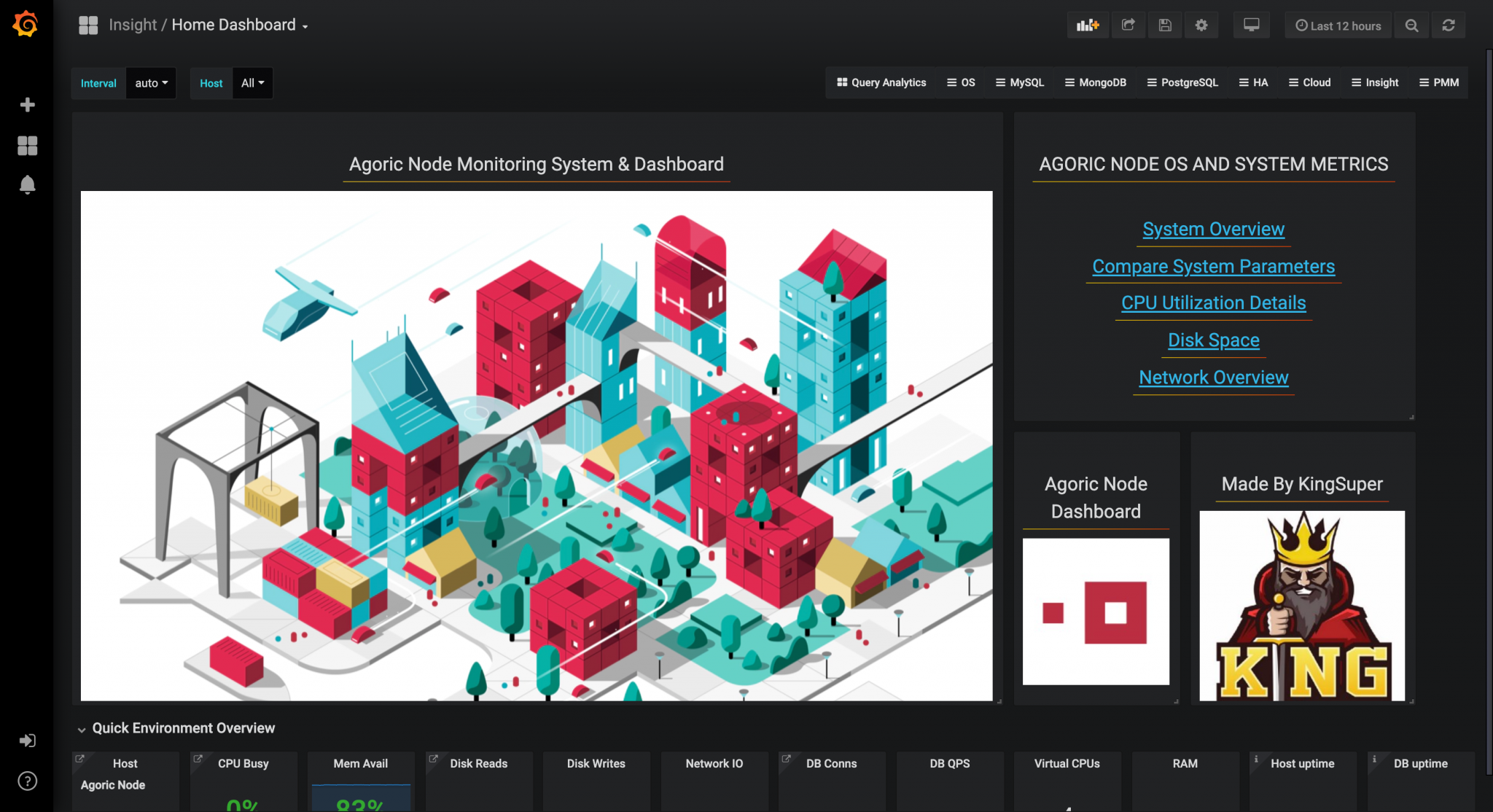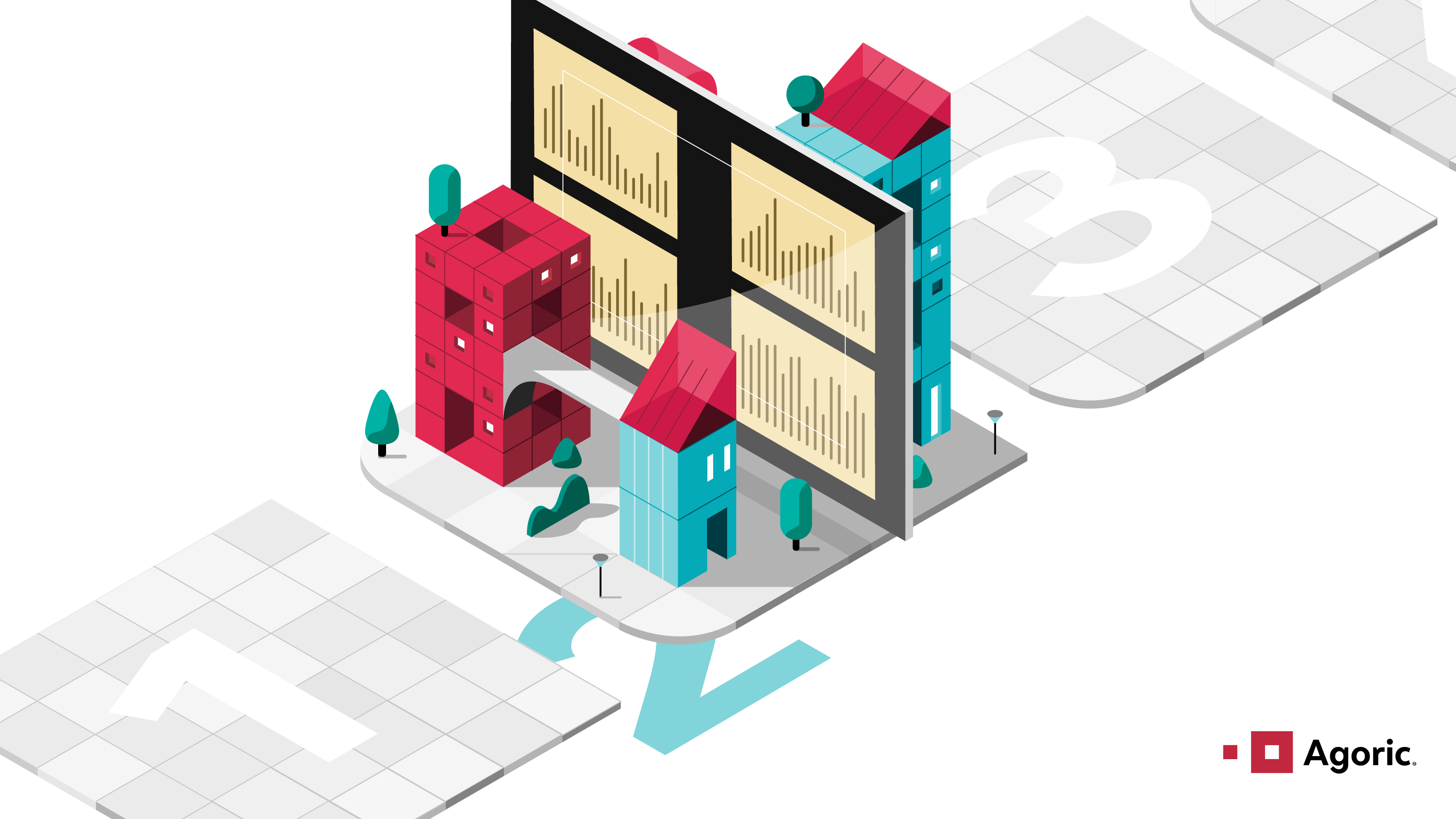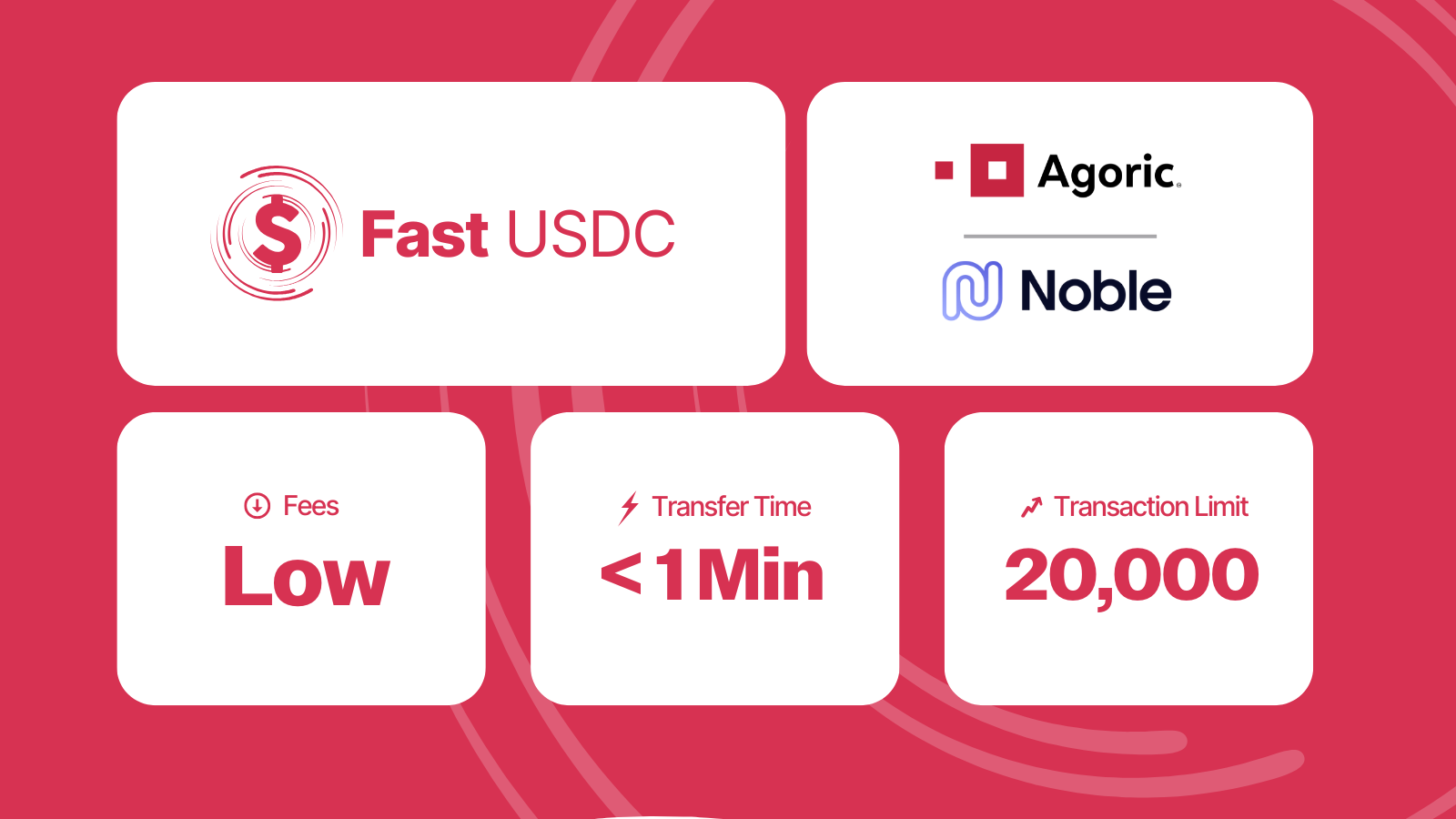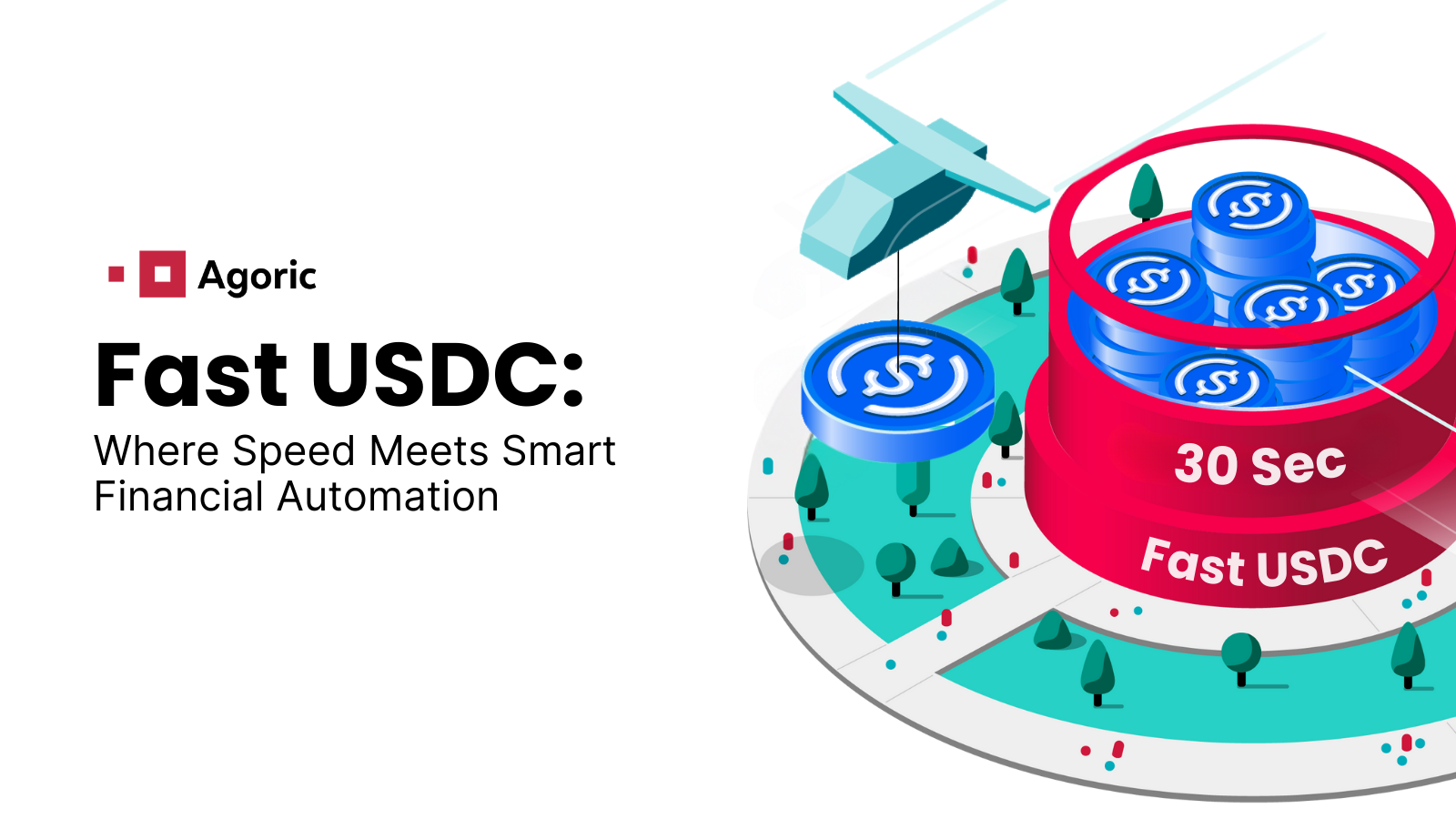Community network launch
Phase two kicked off with a community-driven chain start. The network needed 2/3rds of the voting power present to get started, so community involvement was critical. Agoric created the genesis block and posted our seed and peers, then the community members coordinated to launch the chain. There were some hiccups as participants were eager to complete network tasks and jailed their validators rather quickly but community members bounced back and started producing blocks. Let’s go through what we learned, and which validator projects won top honors.
Phase 2: By the Numbers
90% of participation on network tasks
682 of 750 network tasks submitted
39 published articles
24 system performance tools submitted
Chain starts & load bursts
It was a blast seeing the community really come together and get the chain started without us for the first time. As one participant put it: “In 12 hours, validators could bootstrap the network, showing outstanding teamwork skills.” We totally agree. This was an important step for us to learn how to communicate more effectively with a decentralized group. In particular, we noted that the chain start time wasn’t ideal for groups in several time zones.
Our preparation for the chain start also took longer than we expected, causing us to push back the start time by a day. This opportunity led to good progress on our end in understanding specific requirements when dealing with a decentralized start.
This phase also required validators to run their systems under a minimal load generation, and to analyze their performance during load bursts. Improving system performance is a core area of our continued work, and understanding how even minimal load affected metrics like start-up time was helpful for us in characterizing where to focus our efforts. It is now amply clear that a technical community of validators has emerged providing mutual support to ensure that all enthusiastic testnet participants complete their tasks.
With respect to the community tasks, we now have several distinct groups forming. Arguably the largest group comprises individuals who are recording information and knowledge regarding installation, upgrade, maintenance, and monitoring of Agoric chains. There is a lot of crossover with other Cosmos-derived chains here. The second main group has started devoting their efforts to exploring Agoric-specific technologies such as Zoe, ERTP and CapTP.
Winners
Tools by ChainodeTech

The tool package ChainodeTech submitted has the purpose of improving the validator uptime and performance. You can learn more on their GitHub.
Detailed Metrics by KingSuper

KingSuper created a tool that shows detailed metrics to help validators set up their nodes better. You can learn more about his tool on his Github.
Performance Analysis by ElectricCoinCo-v0

The ElectricCoinCo-v0 project employed Hashicorp Terraform to analyse Agoric performance. Hashicorp Terraform provides an alternative to Grafana and Prometheus, which broadens the choices for validators and provides more access to developers. You can dive deeper into their Github.
Runner-Up
Agoric Node Observer by dsrvlabs

Agoric Node Observer monitoring works with node_exporter and provides discord messages and emergency calls when a problem occurs. You can check it out on their Github.
Join the fun
Even if you’re not a participating validator in our incentivized testnet, you can still take a look under the hood and start building with us. See our https://agoric.com/develop page for more details!
Thanks for reading. You can join the Agoric community on Twitter, Discord, Telegram, and LinkedIn, subscribe to our monthly newsletter and catch us at upcoming events.



